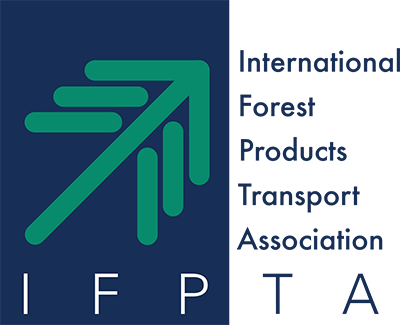|
Special Freight Railcars Could Travel at High Speeds, Federal Researchers ShowApril 21, 2020 - For at least the past decade, America’s railroads have been toying with the notion of freight trains moving at speeds approaching some passenger bullet trains. Now, a new Federal Railroad Administration demonstration study has concluded that specially designed “higher speed freight truck” railcars could be designed for travel on some existing tracks carrying 70 tons per car at speeds of up to 106.5 miles per hour — or even 125 mph using more powerful locomotives. That would be quite a feat. Trains carrying freight are currently allowed to travel at speeds of up to 70 mph or 80 mph, but unloaded many trains generally only travel from 40-50 mph, according to FRA researchers. FRA said it could not yet say exactly when such speed freight trains might become reality, but officials say the whole idea is to travel fast enough to open new rail markets and sweeten the revenues of the nation’s railroads. In a statement to Transport Topics, federal rail regulators said that the faster trains would not be aimed at cutting into markets currently serviced by motor carriers. Instead, the agency’s March study, titled Validating a 70-Ton Higher Speed Freight Truck Design: Phase II, was largely aimed at an “analysis of potential opportunities. In other words, it was not designed to compete with trucking motor carriers.” A 2013 study estimated that the potential additional rail revenue from higher speed freight for freight railroads could exceed $4.6 billion annually, and would add approximately $460 million to the freight railroads’ annual profit stream. “Additionally, there is at least some percentage of another potential $28 billion annual market in long distance road transportation that could be converted to rail, if it included higher speed freight service,” said the 2013 study. Potential new markets identified by FRA include dedicated train sets like refrigerator car trains, long-distance produce shipments, and overnight city pairs, in addition to the expected markets such as mail and parcel service, FRA said in the statement. Darrin Roth, vice president of highway policy for American Trucking Associations, said a major factor in deploying the trains will require capital investment in both track and rolling stock. “On the types of high-density lanes where these trains would likely operate, significant new capacity would likely be necessary because they tend to be at or near capacity already,” Roth said. “That capital investment is likely to be very high and may not be cost-effective.” FRA said it could not project when such trains could be put into operation. “The horizon for such trains to begin operation is likely to be driven by market conditions rather than technology availability considerations,” the agency said. “FRA is not in a position to make predictions about market conditions and the resulting horizon for the beginning of operations.” “In summary, the previous effort [2013] demonstrated good market potential and operating economics for higher speed freight service, and established that the higher speed train prototype could meet the dynamic and structural requirements expected in higher speed freight operations,” the Phase II study concluded. “The purpose of this Phase II effort was to evaluate and confirm the dynamic performance of the prototype higher speed trains through field testing including the higher speed stability regime.” SOURCE: Transport Topics |

